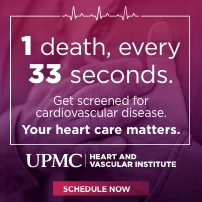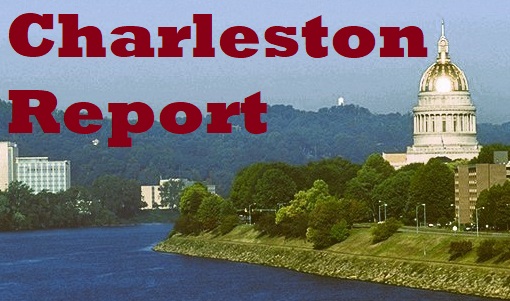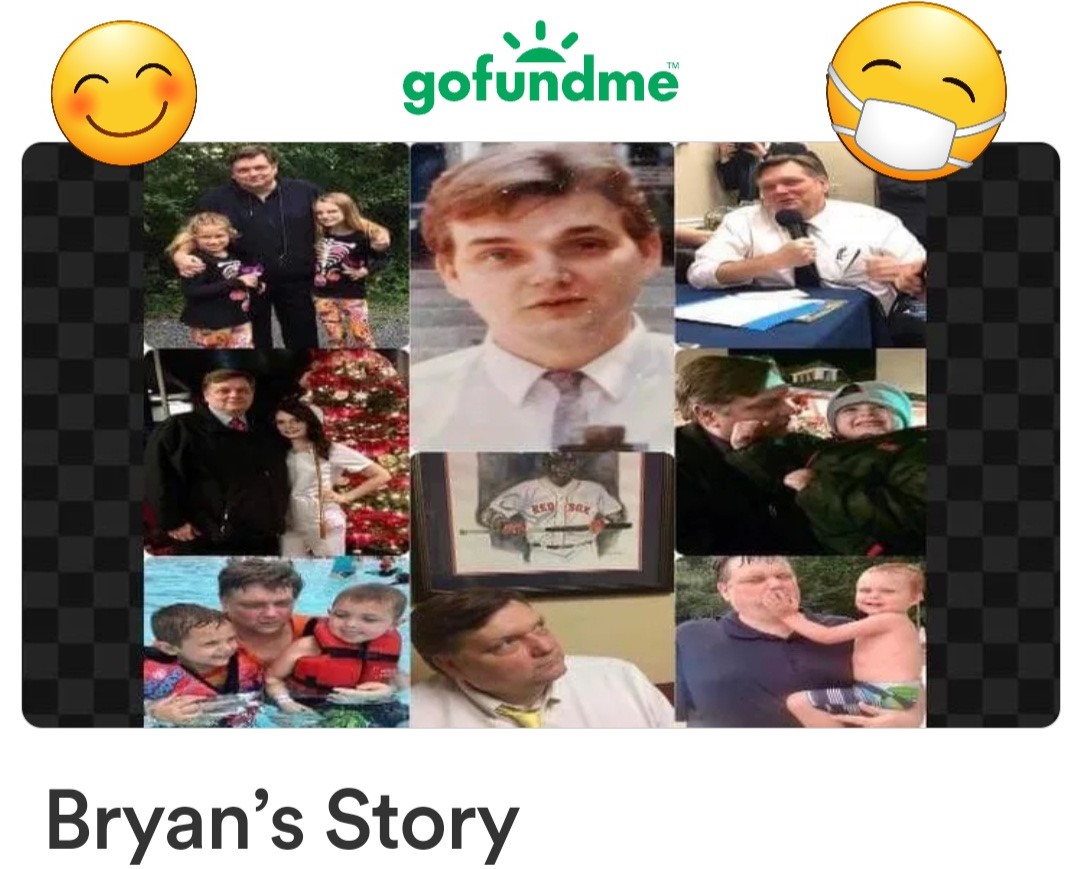August 25th, 2015 by WCBC Radio
As Maryland officials divide up a little more than $2 million to fight heroin addiction, roughly half the money will go toward restoring a Chestertown treatment center and creating an overdose survivor program in Baltimore, Gov. Larry Hogan’s administration announced Tuesday. Lt. Gov. Boyd Rutherford, who leads the state’s Heroin and Opioid Emergency Task Force, said $800,000 will go toward restoring the 40-bed capacity at the A.F. Whitsitt Center, a residential treatment facility in Chestertown. The funding will enable an additional 240 patients to get treatment each year at the Kent County facility on the Eastern Shore.
He also announced $300,000 for creating a pilot overdose survivor outreach program in Baltimore in hospital emergency departments.
The allocations were announced in an interim report from the task force.
Hogan, a Republican, created the task force after hearing repeated concerns from residents throughout the state about the scourge of heroin addiction during his campaign for governor last year.
“This is going to be a long-term struggle to try to turn that tide back,” Rutherford said.
Another $500,000 in grants is being directed to local health departments to support training in the use of Naloxone, which counters the effects of an overdose. Rutherford also noted $124,600 for the Ocean City Police Department to fund license plate reader technology to target heroin entering Maryland across state lines. He said Maryland has a heroin crisis statewide, but the Eastern Shore appears to have more of a problem per capita.
In May, the state health department announced that Maryland had a 21 percent increase in fatal drug overdoses 2014, compared to the year before. The department said large increases in deaths involving heroin and fentanyl were responsible for the overall increase in opioid-related deaths. The number of fentanyl-related deaths more than tripled between 2013 and 2014, from 58 in 2013 to 185 in 2014. Fentanyl is a powerful narcotic that can kill by inhibiting breathing.
The interim report also makes 10 recommendations that can be implemented quickly at nominal cost. They include several steps directed at young people to raise awareness about the dangers of heroin.
The task force is scheduled to release a final report in December with further recommendations.





.jpg)













